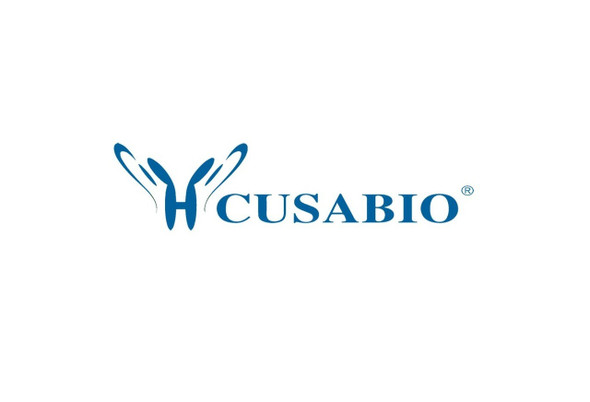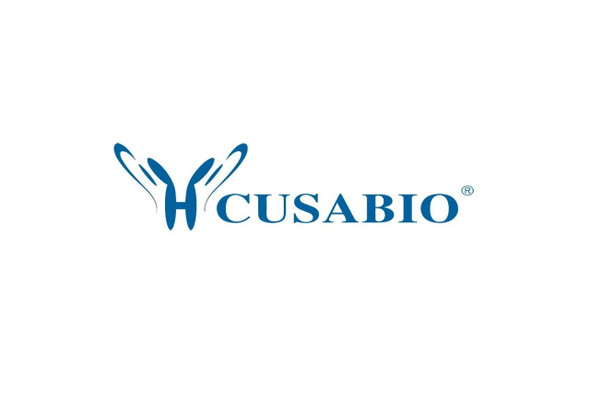Cusabio Polyclonal Antibodies
Phospho-MAPK8/MAPK9/MAPK10 (Thr183/Tyr185) Antibody | CSB-PA068484
- SKU:
- CSB-PA068484
- Availability:
- 3 to 7 Working Days
- Size:
- 100ul
Description
Phospho-MAPK8/MAPK9/MAPK10 (Thr183/Tyr185) Antibody | CSB-PA068484 | Cusabio
Phospho-MAPK8/MAPK9/MAPK10 (Thr183/Tyr185) Antibody is Available at Gentaur Genprice with the fastest delivery.
Online Order Payment is possible or send quotation to info@gentaur.com.
Product Type: Polyclonal Antibody
Target Names: MAPK8/MAPK9/MAPK10
Aliases: Stress-activated protein kinase JNK1; c-Jun N-terminal kinase 1; JNK-46
Background:
Responds to activation by environmental stress and pro-inflammatory cytokines by phosphorylating a number of transcription factors, primarily components of AP-1 such as JUN, JDP2 and ATF2 and thus regulates AP-1 transcriptional activity. In T-cells, JNK1 and JNK2 are required for polarized differentiation of T-helper cells into Th1 cells By similarity. Phosphorylates heat shock factor protein 4 (HSF4) . /Responds to activation by environmental stress and pro-inflammatory cytokines by phosphorylating a number of transcription factors, primarily components of AP-1 such as c-Jun and ATF2 and thus regulates AP-1 transcriptional activity. In T-cells, JNK1 and JNK2 are required for polarized differentiation of T-helper cells into Th1 cells. JNK2 isoforms display different binding patterns: a-1 and a-2 preferentially bind to c-Jun, whereas beta-1 and beta-2 bind to ATF2. However, there is no correlation between binding and phosphorylation, which is achieved at about the same efficiency by all isoforms. JUNB is not a substrate for JNK2 a-2, and JUND binds only weakly to it. /Responds to activation by environmental stress and pro-inflammatory cytokines by phosphorylating a number of transcription factors, primarily components of AP-1 such as c-Jun and ATF2 and thus regulates AP-1 transcriptional activity. Required for stress-induced neuronal apoptosis and the pathogenesis of glutamate excitotoxicity
Davis, R.J. (1999) Biochem Soc Symp 64, 1-12.
Ichijo, H. (1999) Oncogene 18, 6087-93.
Kyriakis, J.M. and Avruch, J. (2001) Physiol Rev 81, 807-69.
Isotype: IgG
Conjugate: Non-conjugated
Clonality: Polyclonal
Uniport ID: P45983/P45984/P53779
Host Species: Rabbit
Species Reactivity: Human, Mouse, Rat
Immunogen: Peptide sequence around phosphorylation site of Thr183/Tyr185 (M-M-T (p) -P-Y (p) - V - V) derived from Human JNK1/JNK2/JNK3.
Immunogen Species: Human
Applications: ELISA, WB, IF
Tested Applications: ELISA, WB, IF;WB:1:500-1:1000, IF:1:100-1:200
Purification Method: Antibodies were produced by immunizing rabbits with synthetic phosphopeptide and KLH conjugates. Antibodies were purified by affinity-chromatography using epitope-specific phosphopeptide. Non-phospho specific antibodies were removed by chromatogramphy using non-phosphopeptide.
Dilution Ratio1: ELISA:1:2000-1:10000
Dilution Ratio2: WB:1:500-1:1000
Dilution Ratio3: IF:1:100-1:200
Dilution Ratio4:
Dilution Ratio5:
Dilution Ratio6:
Buffer: Supplied at 1.0mg/mL in phosphate buffered saline (without Mg2+ and Ca2+), pH 7.4, 150mM NaCl, 0.02% sodium azide and 50% glycerol.
Form: liquid
Storage: Upon receipt, store at -20°C or -80°C. Avoid repeated freeze.
Initial Research Areas: Signal Transduction
Research Areas: Cancer;Immunology;Signal transduction






